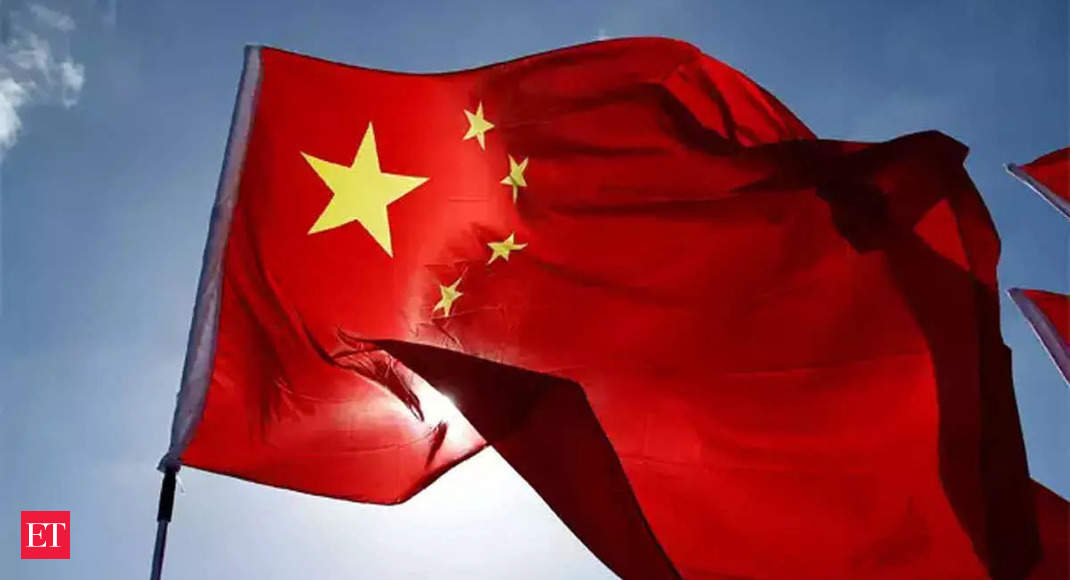US and European firms are shifting investment away from China to other developing markets, a report from Rhodium Group showed. India is receiving the vast majority of this redirected foreign capital, followed by Mexico, Vietnam, and Malaysia. This trend highlights concerns over China’s business environment, economic recovery, and politics that weigh on the minds of foreign investors. The value of announced US and European greenfield investment into India increased by 400% between 2021 and 2022, while investment into China dropped significantly. The report states that diversification is underway, but achieving the objectives of reducing exposure to China will take years for advanced economies due to its central role in global supply chains.
The attraction of low production costs and a massive middle class initially drew foreign firms to China in the late 1980s. However, with consumers tightening their spending and production costs rising, the market is losing its appeal. At the same time, Chinese local authorities are struggling to revive foreign investment after the economic impact of the pandemic and property crisis. Western companies are increasing greenfield investment in other developing markets to have options for sourcing assembled goods and geopolitically sensitive commodities like semiconductors, as well as to reduce their dependency on China in supply chains.
The report cautions that while diversification is occurring, it is unlikely to result in a rapid decline in exposure to China. This is because the markets where foreign firms are investing are heavily reliant on trade and investment with China itself. Therefore, it is expected that China’s overall share of global exports, manufacturing, and supply chains will continue to rise even as diversification away from China accelerates.
Source: The Economic Times











